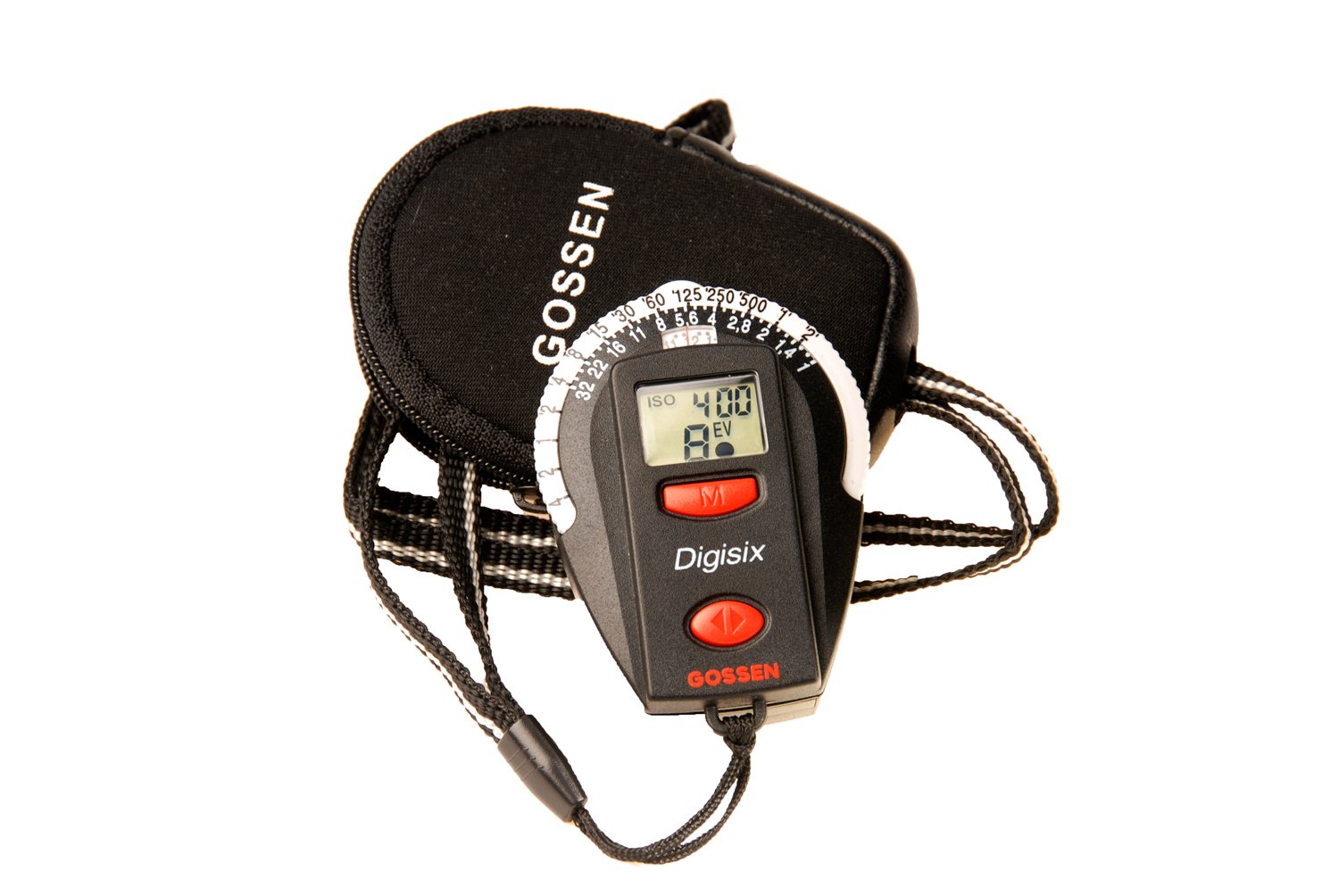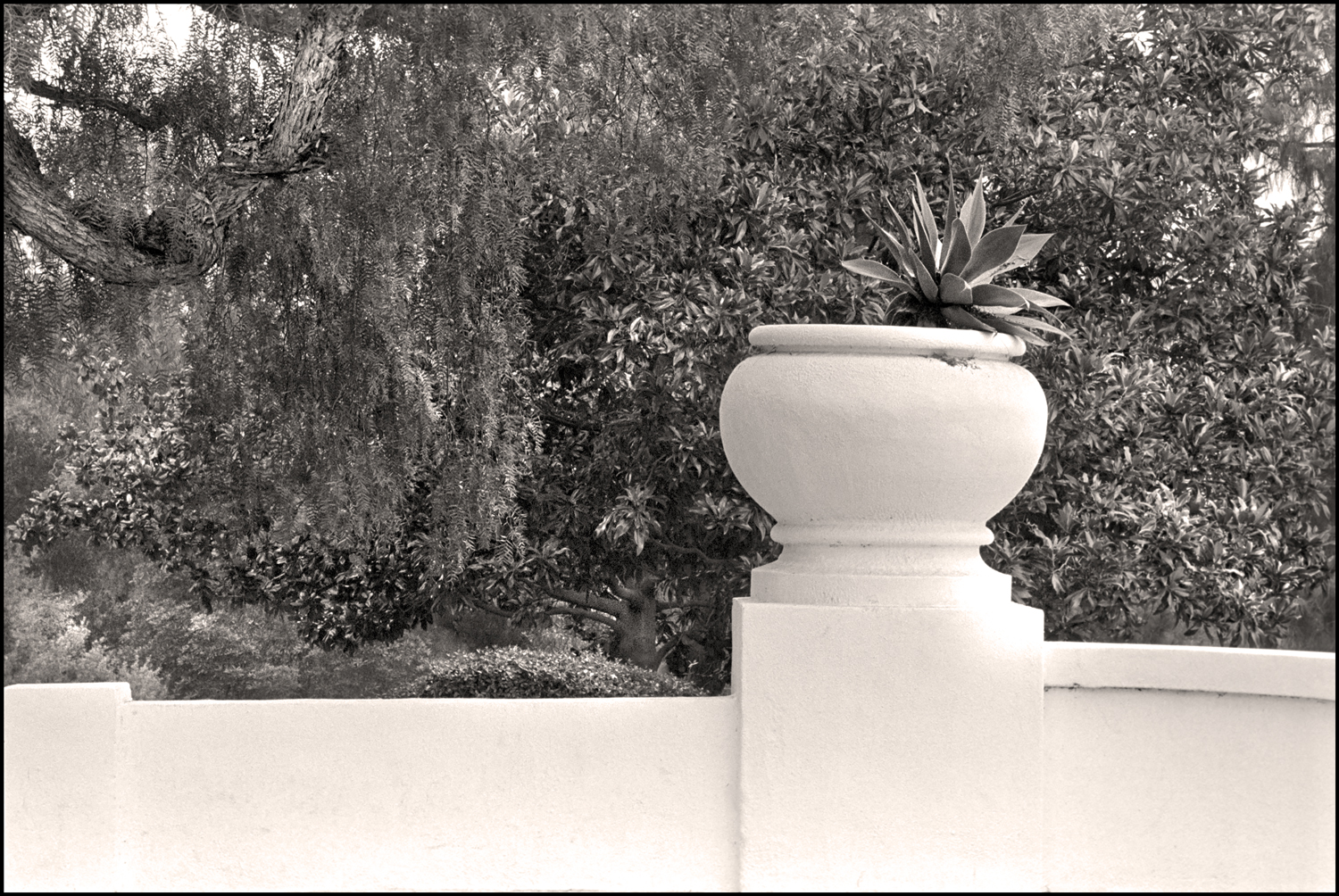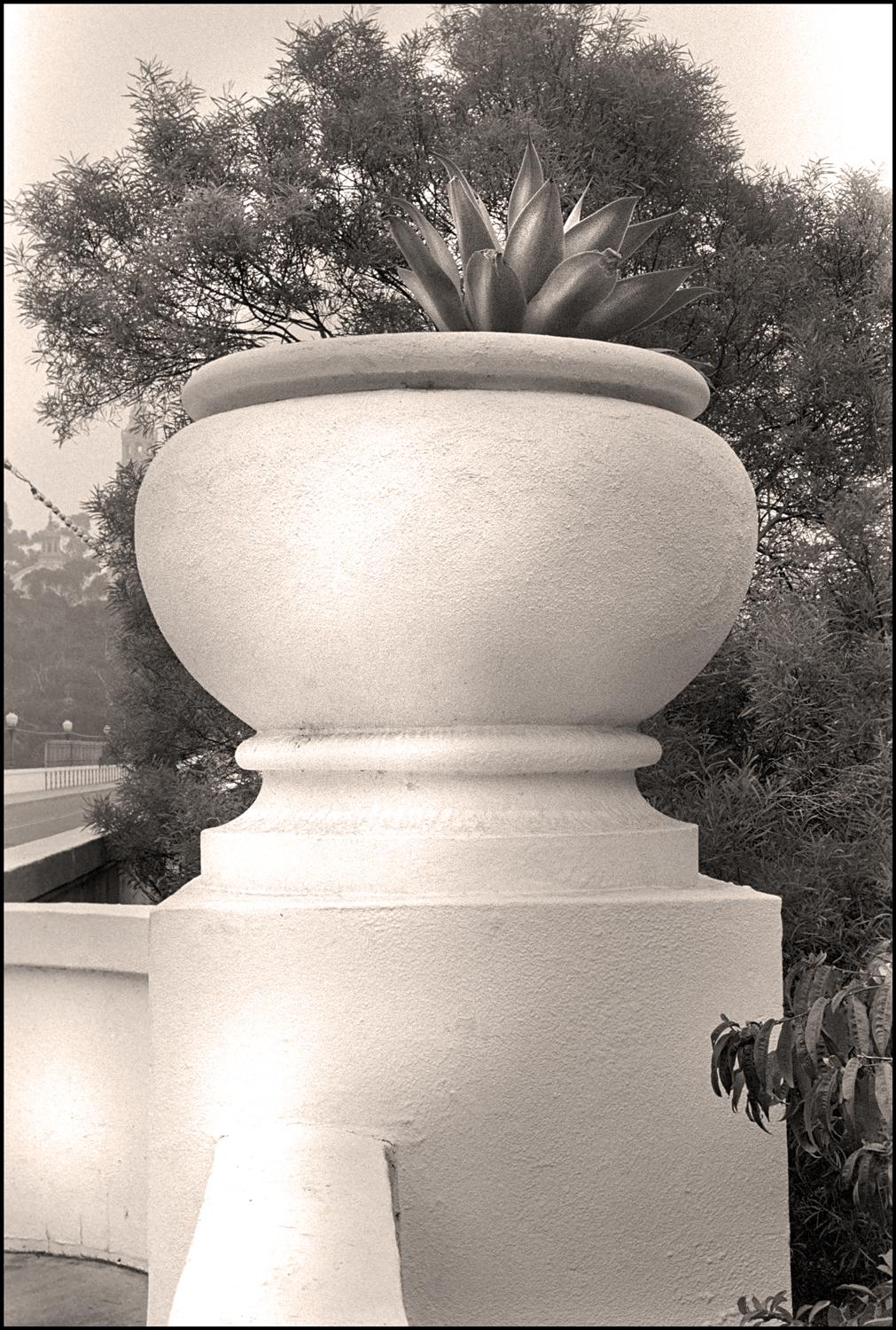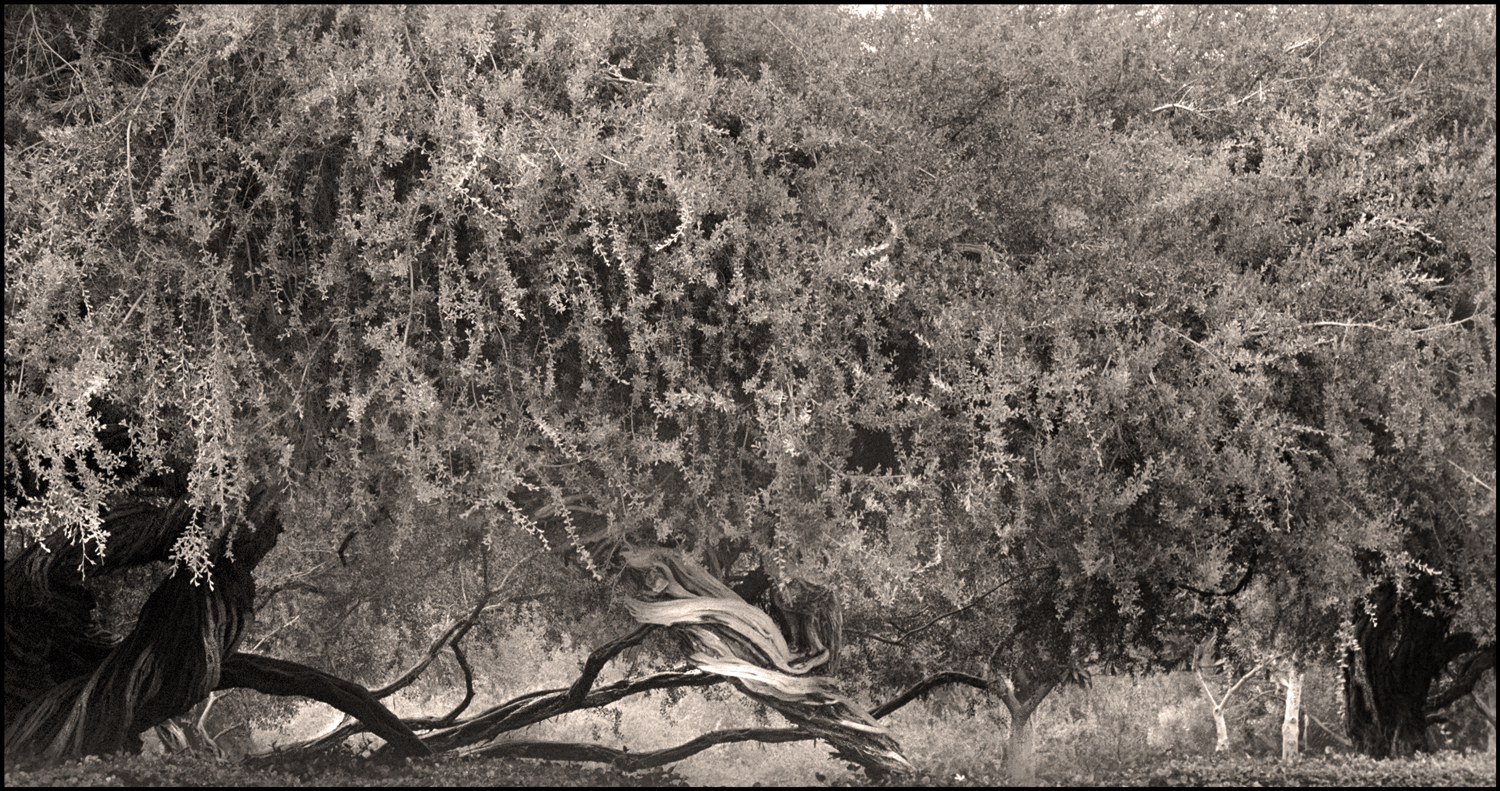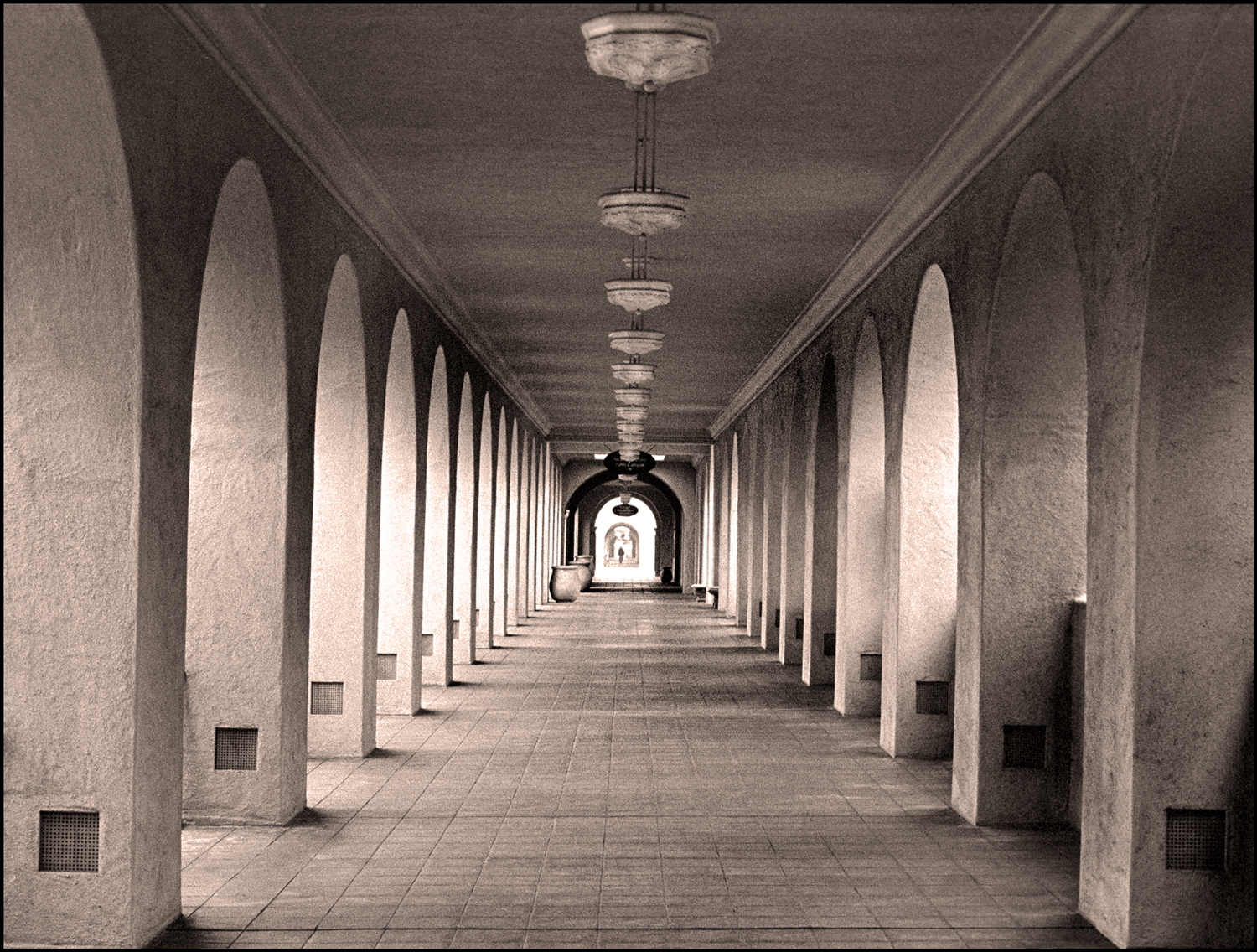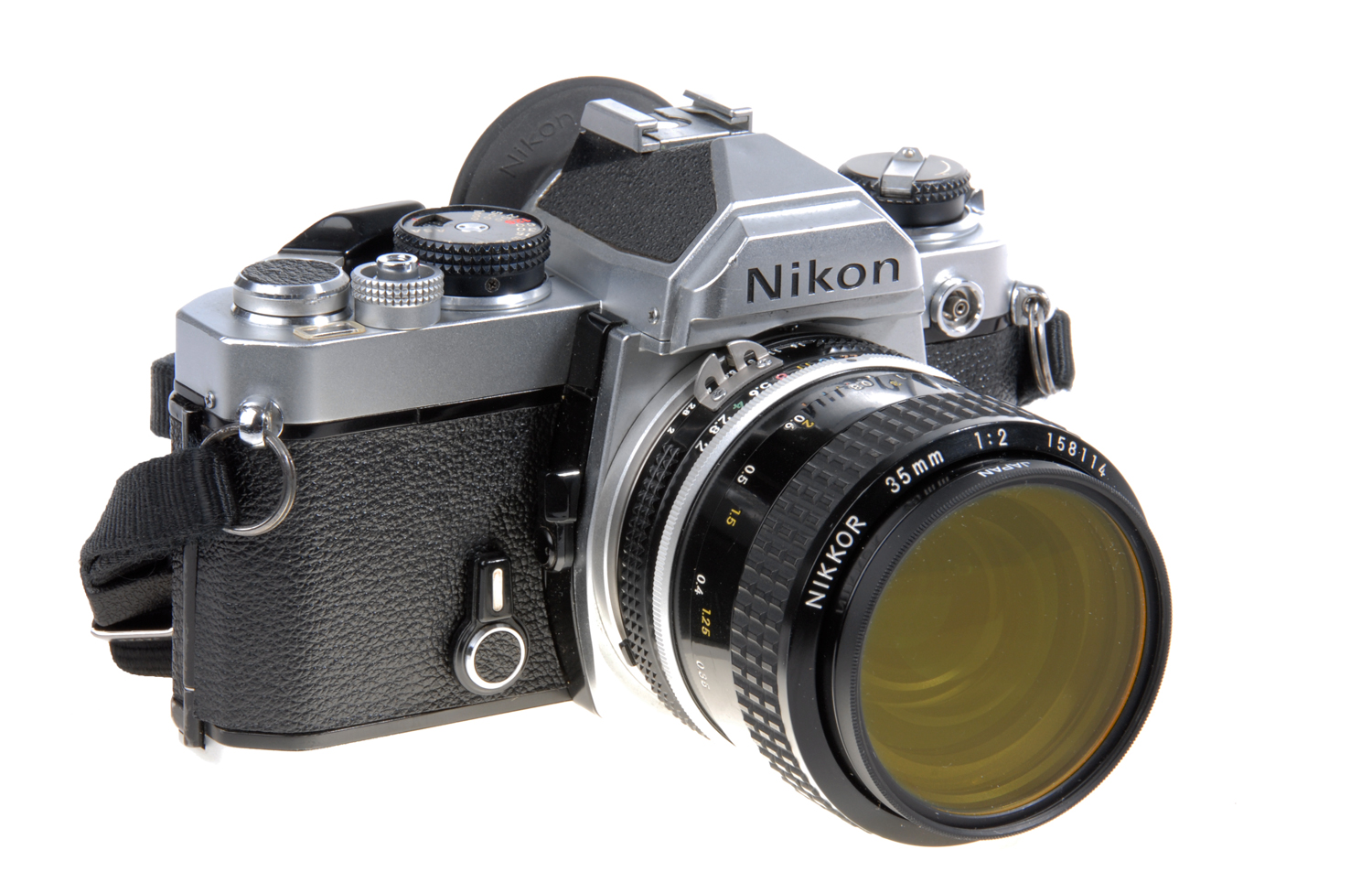Nikon FM Chrome
The venerable Nikon FM is a mechanical camera whose batteries serve only to power the built-in exposure meter. I usually remove the batteries and go completely mechanical. If I do need an exposure meter I use the Gossen Digisix, pictured below, otherwise I estimate exposure using the Exposure Rule-of-Thumb.
I like the heft and feel of this camera. It’s small, balanced, and fits nicely in your hands. Its feature set resembles a sparsely decorated apartment; there’s no clutter here. The shutter speed and film speed selector share the same dial housing, its film advance ratchets smoothly, reminiscent of winding a precision clock (and you are in a way), and its shutter release fires with reassuring certainty. You can definitely feel the mirror’s moment as it swings up and down. Its report is the sound of superior quality.
I particularly like this camera because I’ve owned it the longest of all the cameras in my collection. I purchased it from a pawnshop in Norfolk, Virginia back in the early 1980s when I was stationed on board the USS Norfolk (SSN 714). For twelve years it served as a backup camera to my Nikon F3HP. In the mid 1990s when I started graduate school, I sold all of my camera gear with the exception of the FM, a 50mm lens, and my Contax T.
Traveling with the Nikon FM is easy because it’s small and extremely rugged. It doesn’t depend on electronics to operate. It can take a beating and look better for it. It’s not fussy and doesn’t complain when the weather is too cold, too wet, or too hot.
When I travel with this camera I pop it into a Zing camera case and go. The Zing is made of neoprene rubber. It’s like putting your camera in a wetsuit. The Zing case slips easily over the entire camera and comes in different sizes to accommodate various lens lengths. My lens of choice for this camera is the Nikkor AIS 35mm f 1.4. (Although it is pictured with the 35mm f2. Both are excellent lenses.)
I like to venture meter-free into the world with mechanical cameras and exercise my brain by estimating exposures. It’s easy to do, as is anything given enough practice. I use the Exposure Rule-of-Thumb, which goes something like this: on a bright sunny day, the base line exposure would be an aperture of f16 and a shutter speed of 1/film speed. I round down the shutter speed. For example, if I’m shooting 400 ASA film, my baseline shutter speed would be 1/400th of a second, but since this falls between 1/500 and 1/250 I select the lower shutter speed. Given the baseline exposure I am free to adjust as I see fit based on the particular needs of the image. For example, am I using a filter, or do I want less depth of field.
What you must be aware of when using the Exposure Rule-of-Thumb is the location of your subject. If your subject is laying on the beach in direct sunlight and there are no clouds then you’ll get a good exposure with f16 and 1/250. The following table lists various lighting conditions and their associated exposure values (EV).
| EV | Subject in… |
|---|---|
| 16 | Bright sun on sand or snow |
| 15 | Bright or hazy sun |
| 14 | Weak hazy sun or the full moon |
| 13 | Cloudy – bright light – Gibbous moon |
| 12 | Heavy overcast |
| 11 | Open shade – Sunsets |
| 10 | Immediately after sunset |
| 9 | 10 minutes after sunset |
| 8 | Times square at night |
| 7 | Stage shows – circuses |
| 6 | Brightly lit home interior |
| 5 | Night home interior |
| 4 | Candle lit close-up |
| 3 | Fireworks (time exposure) |
| 2 | Lightning (time exposure) |
| 1 | Distant view of lighted skyline |
I keep a copy of this table in my wallet along with a copy of the following table on the flip side:
| ASA 400 | |||||||||
|---|---|---|---|---|---|---|---|---|---|
| 1/250 | 1/125 | 1/60 | 1/30 | 1/15 | 1 / 4 | 1 / 2 | 1 | 2 | |
| f 16 | 15 | 14 | 13 | 12 | 11 | 10 | 9 | 8 | 7 |
| f 11 | 14 | 13 | 12 | 11 | 10 | 9 | 8 | 7 | 6 |
| f 8 | 13 | 12 | 11 | 10 | 9 | 8 | 7 | 6 | 5 |
| f 5.6 | 12 | 11 | 10 | 9 | 8 | 7 | 6 | 5 | 4 |
| f 4 | 11 | 10 | 9 | 8 | 7 | 6 | 5 | 4 | 3 |
| f 2.8 | 10 | 9 | 8 | 7 | 6 | 5 | 4 | 3 | 2 |
| f 2 | 9 | 8 | 7 | 6 | 5 | 4 | 3 | 2 | 1 |
| f 1.4 | 8 | 7 | 6 | 5 | 4 | 3 | 2 | 1 | 0 |
| f 1.2 | 7 | 6 | 5 | 4 | 3 | 2 | 1 | 0 | -1 |
| f 1 | 6 | 5 | 4 | 3 | 2 | 1 | 0 | -1 | -2 |
Note that this table represents an ASA 400 speed film. When I find myself waiting for something and have nothing to read, I pull these tables out and refresh my memory on the different possible lighting situations and their associated exposures. As Ansel Adams said, “Chance favors the prepared mind.”

